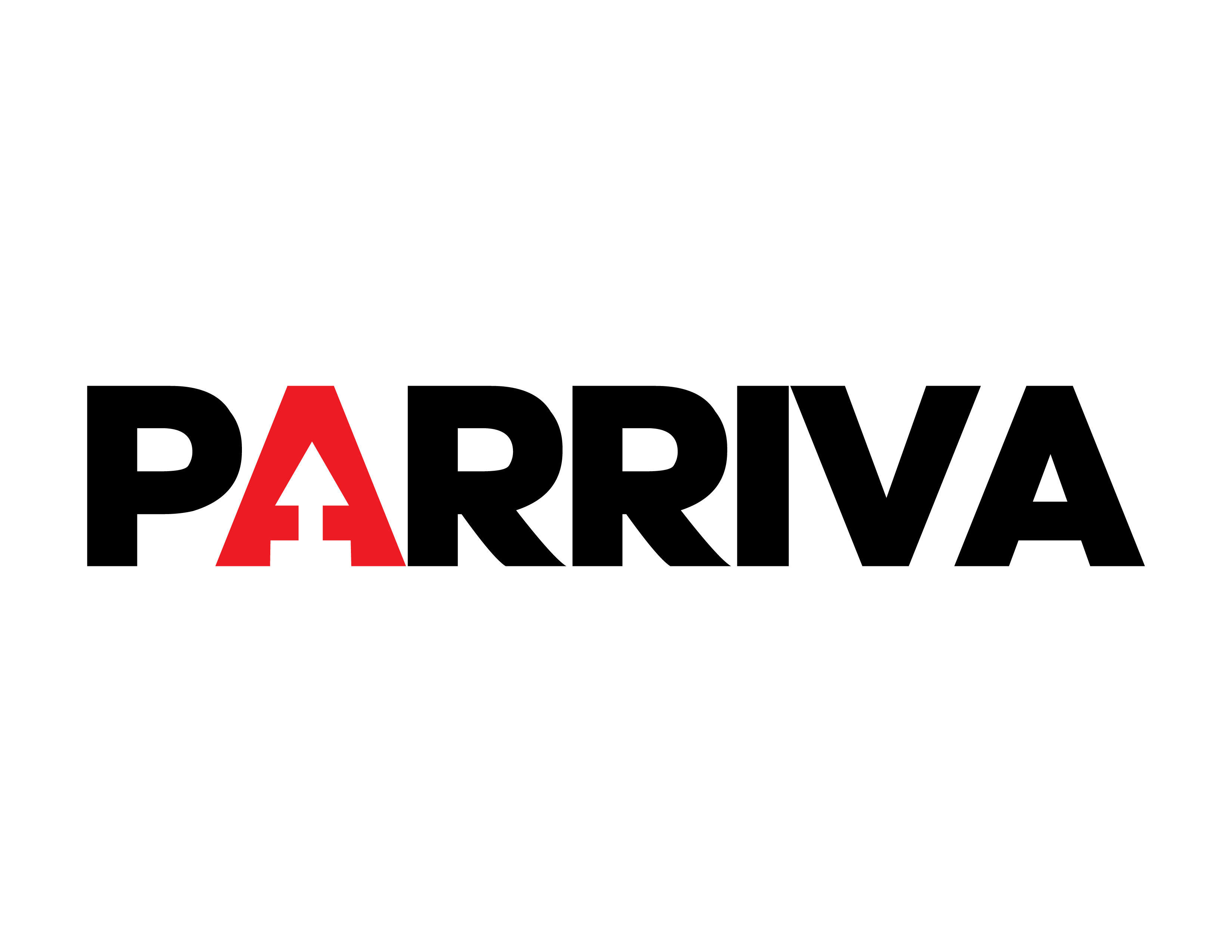Expert strategies to manage leftover stock, optimize cash flow, and prepare for holiday sales.
Leftover inventory after Black Friday can quickly turn into financial losses if not handled properly. Businesses need strategic approaches to avoid tying up capital, losing liquidity, and reducing growth potential.
After the Black Friday campaign—a period marked by discounts and promotions both in physical stores and online—many small and medium-sized businesses (SMBs) face a common but often overlooked challenge: excess inventory. According to Dr. José Manuel Morales, professor of Supply Chain Management at Tecnológico de Monterrey, “Improper inventory planning after promotional campaigns can reduce profitability by 15–20% for SMBs, due to storage costs and product depreciation.”
Accumulating merchandise not only occupies valuable space in warehouses and stores but also immobilizes capital and increases the risk that products lose appeal over time. A 2022 report by McKinsey & Company shows that 43% of SMBs globally struggle with post-promotion inventory, which can affect cash flow and operational planning.
Guide to Avoid Inventory Loss After Black Friday
If this is your first time participating in Black Friday, mistakes such as overstocking are common. Learning from them allows businesses to improve their planning for future campaigns.
Here’s a guide with expert advice to manage leftover inventory and prepare for the holiday season:
1. Create Bundles
Combine leftover products into bundles or packages, ideally with special offers to attract discount-seeking consumers. According to Shopify, bundles increase cart size and average order value. Dr. Natalia Ramírez, retail strategy consultant at MIT Sloan, adds, “Bundling complementary items, such as a body cream and matching fragrance, can reduce leftover stock by up to 25% while enhancing perceived value.”
2. Offer a Final Discount
Select slow-moving products and apply moderate discounts. Zendesk notes that excessive discounting can signal that a business is struggling or that products are defective. Dr. Carlos González, retail analyst at INEGI, recommends a targeted approach: “Discount 10–20% on overstock items rather than across the entire inventory to preserve brand credibility.”
3. Keep a Log
Document which products sold quickly and which remained. Maintaining this record helps plan future inventory levels and prevents losses. According to Supply Chain Quarterly, businesses that maintain post-campaign sales logs see a 30% improvement in forecasting accuracy.
4. Use Inventory Management Tools
Effective post-campaign inventory management is crucial. Asem reports that 36% of businesses use AI tools for administrative and accounting purposes, but adopting systems for real-time inventory tracking can reduce overstock risk by 20–30%, according to Dr. Ana Lucia López, operations expert at Tecnológico de Monterrey.
5. Avoid Inflating Prices
Even under pressure to clear inventory, inflating prices can damage customer trust. Dr. Morales warns, “Consumers are highly sensitive to perceived overpricing, and misleading practices can reduce repeat purchases by up to 40%.”
6. Create an Outlet
Selling leftover merchandise through an outlet section—either online or in-store—is an effective strategy. Dr. Ramírez explains, “Outlets allow businesses to recover costs on slow-moving items without harming brand image, while keeping customers engaged with discounted but legitimate products.”
By implementing these strategies, SMBs can reduce post-Black Friday losses, optimize cash flow, and prepare for upcoming seasonal sales. Leveraging expert guidance, accurate data, and smart tools is essential for turning leftover inventory into an opportunity rather than a setback.








